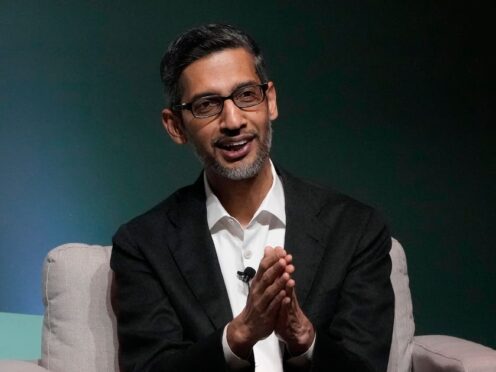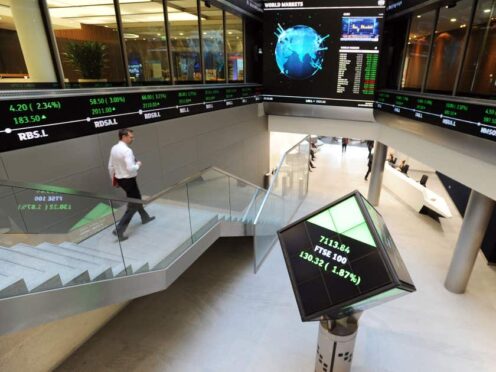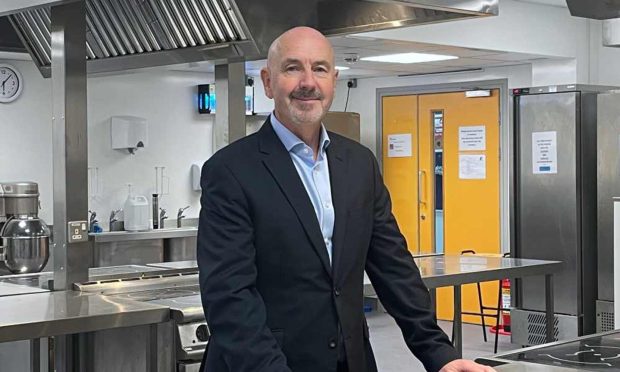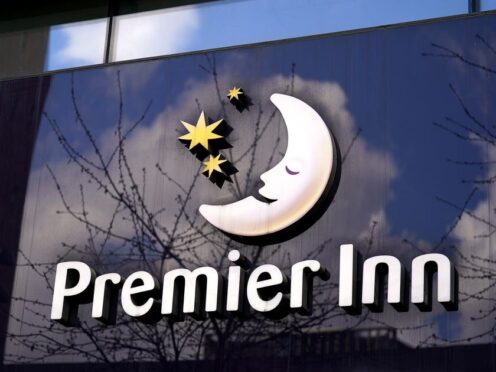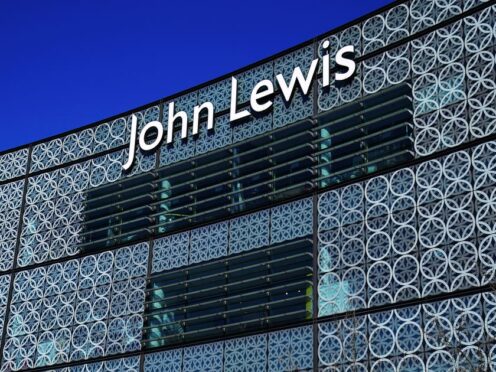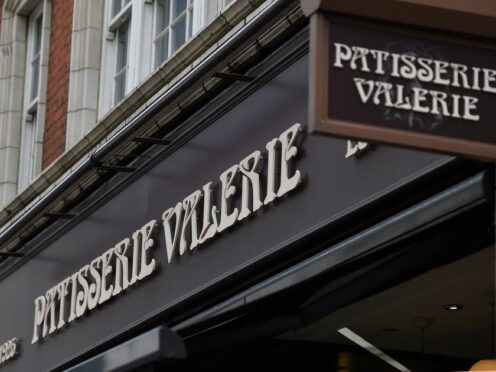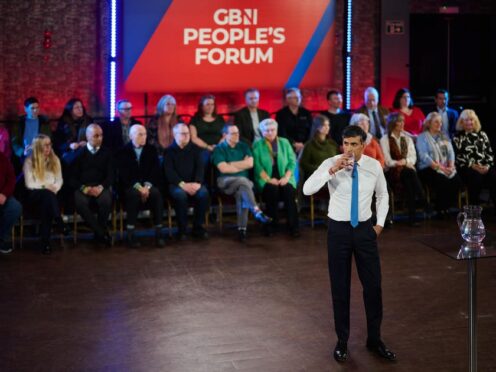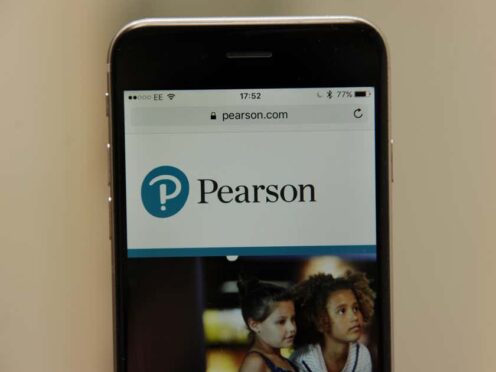Falling on the second anniversary of the first UK lockdown, one key issue dominated the Spring statement last week, says Andrew McMillan Tax Director at Johnston Carmichael. Just how far would the Chancellor go to mitigate the cost-of-living crisis, marked by rising inflation, soaring energy prices, and disruption to global supply chains caused by the pandemic and the unfolding conflict in Ukraine?
-
Some Courier online content is funded by outside parties. The revenue from this helps to sustain our independent news gathering. You will always know if you are reading paid-for material as it will be clearly labelled as “Partnership” on the site and on social media channels,
This can take two different forms.
“Presented by”
This means the content has been paid for and produced by the named advertiser.
“In partnership with”
This means the content has been paid for and approved by the named advertiser but written and edited by our own commercial content team.
Despite a 5p cut to fuel duty, a £3,000 rise in the threshold for National Insurance payments and the introduction of zero VAT for domestic energy saving technology such as solar panels and heat pumps, the impact of rising inflation and now conflict in Ukraine is driving a squeeze on living standards not seen in decades. The independent Office for Budget Responsibility (OBR) has forecast an average inflation rate of 7.4% for 2022 and substantially downgraded the UK’s growth expectation to 3.8% for this year.
In the face of these economic headwinds, many commentators were disappointed at what was described as “tinkering around the edges” that would mean little to those most in need. People who are out of work – including pensioners – won’t see any difference to their income at a time when food and fuel bills are spiralling.
Among the levers that he potentially had at his disposal was a windfall tax on North Sea oil and gas, which is enjoying inflated profits following the rise in fuel prices. However, this was omitted from the Spring statement, with the industry welcoming Rishi Sunak’s decision to maintain a “predictable and stale fiscal regime” as the sector focuses on accelerating net-zero and bolstering energy security. Nor was there any support for green energy initiatives such as carbon capture and storage, and hydrogen, which have the potential to boost decarbonisation plans in Scotland and create thousands of jobs.
For Tayside firms hoping for a helping hand amid the uncertainty, there was little in the here and now to support businesses and improve confidence.
Up to half a million small businesses will benefit from an increase to the Employment Allowance which will rise to £5,000 from April, providing the equivalent of a tax cut of £1,000, and a review of the apprenticeship levy was announced to consider whether the current system is doing enough to incentivise businesses to invest in training. However, the NI measures to support low paid workers did not extend to employers whose contributions are due to rise 1.25% next month [April].
Looking ahead, the Chancellor promised to introduce further tax cuts as part of a new three-point tax plan, which aims to ease the cost of living, boost growth and productivity and reduce income tax over time.
It made encouraging noises about cutting and reforming taxes on capital investment to help drive business growth. Mr Sunak promised to speak to businesses to get their view before announcing measures in the Autumn Budget.
There was also positive news for businesses operating in Dundee’s life sciences, energy, electronics and creative industries sectors, which could benefit from the government’s increasing focus on innovation. In addition to a previously announced extension of R&D tax relief, which from April 2023 will also apply to all cloud computing costs, there appears to have been a softening in the government’s stance on the qualification of overseas R&D activity for reliefs.
While a 1p cut in basic income tax in 2024 won’t apply north of the Border on earned income the Treasury stated that taxpayers in Scotland will see initial benefits worth £350m through the Fiscal Framework. Interestingly, the plan confirmed there would be a huge increase in the amount to be spent on tax avoidance clampdown, signalling a crackdown on those who seek to bend the rules.
The Chancellor’s Spring statement was not intended to be a budget and is instead a means of helping the economy as it faces tough times following the pandemic and now the crisis in Ukraine. Only time will tell if it makes a difference or not.
For more information visit Johnston Carmichael website.


